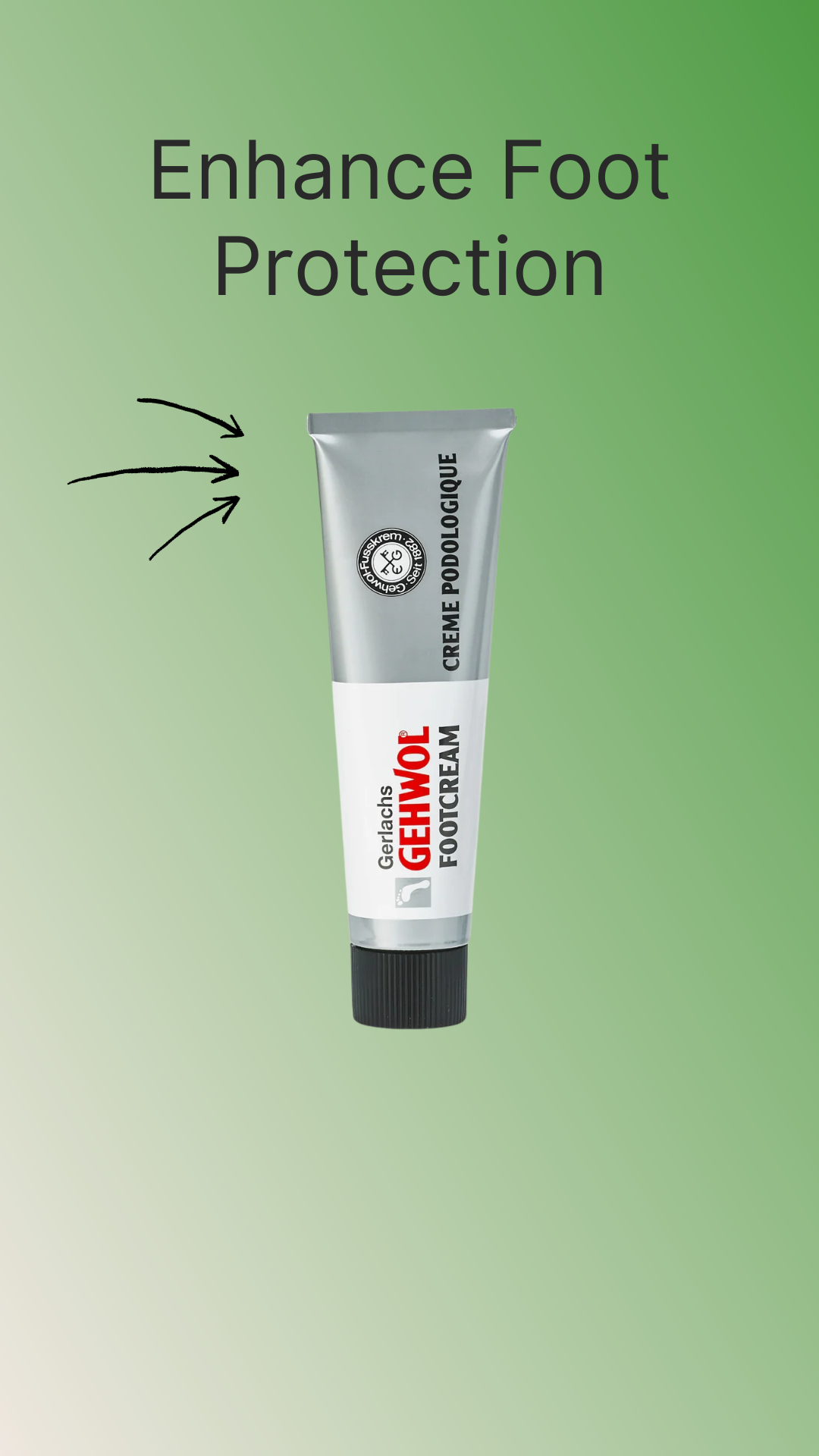Introduction
Wide fit shoes are becoming increasingly common on the UK high street, sold by major retailers as a solution for people with broader feet. While these shoes can be more comfortable than standard narrow designs, they are not the same as orthopedic shoes.
For individuals with medical conditions such as diabetes, arthritis, neuropathy, or swollen feet, wide fit alone won’t address the real problem. Proper orthopedic footwear is needed to provide depth, cushioning, stability, and protection.
This article explores why high street wide-fit shoes fall short for medical needs—and why orthopedic footwear is the better choice for long-term foot health.
Why Wide Fit Shoes Are Popular
-
More space for naturally wider feet.
-
Increased comfort compared to narrow fashion shoes.
-
Affordable and widely available.
However, they are designed for fashion and casual wear, not medical support.
Limitations of Wide Fit High Street Shoes
No Extra Depth
Wide shoes may be broad, but they rarely have the depth needed to accommodate swelling, orthotics, or AFOs.
Lack of Medical Protection
High street shoes aren’t built with diabetic-friendly seams, cushioned linings, or shock-absorbing soles.
Short-Term Comfort Only
While they may feel better initially, wide fit shoes often fail to prevent blisters, ulcers, or foot fatigue in the long term.
Poor Stability
Without non-slip soles or rocker designs, high street shoes may increase fall risk.

How Orthopedic Shoes Solve These Problems
Extra Width and Depth
Accommodates swelling, orthotics, or specialized inserts.
Seamless, Cushioned Interiors
Protect sensitive skin from rubbing or sores—essential for diabetic feet.
Rocker Bottom Soles
Encourage natural gait and reduce joint strain.
Medical-Grade Materials
Breathable leather, memory foam, and triple-layer protection systems provide long-lasting comfort.
Stability and Safety
Wide soles and slip-resistant designs reduce fall risk for elderly or unsteady walkers.
Everyday Benefits of Orthopedic Shoes vs Wide Fit
-
Health Protection: Prevents ulcers, blisters, and strain.
-
Customisation: Works with orthotics and AFOs.
-
All-Day Comfort: Cushioned insoles and breathable materials reduce fatigue.
-
Independence: Adjustable fastenings make them easy to put on and take off.
FAQ – Wide Fit vs Orthopedic Shoes
Q: Are wide fit shoes the same as orthopedic shoes?
A: No. Wide fit shoes are simply broader, while orthopedic shoes are medically designed for foot health.
Q: Can wide fit shoes help with swollen feet?
A: Only partially. They may feel more comfortable than standard shoes but lack depth and medical cushioning.
Q: Should people with diabetes wear high street wide fit shoes?
A: No. Diabetic patients need seamless, cushioned shoes that reduce ulcer risk.
Q: Why invest in orthopedic shoes instead of wide fit shoes?
A: Orthopedic shoes protect foot health long-term, while wide fit shoes only offer temporary comfort.
Final Thoughts
High street wide-fit shoes may provide short-term comfort, but they are not designed to manage medical foot conditions. Orthopedic footwear, on the other hand, combines width, depth, cushioning, and safety features that protect long-term health.
At TDO Therapy, we specialise in orthopedic shoes that go far beyond wide fit—helping patients with diabetes, arthritis, neuropathy, and swollen feet stay comfortable and mobile every day.



